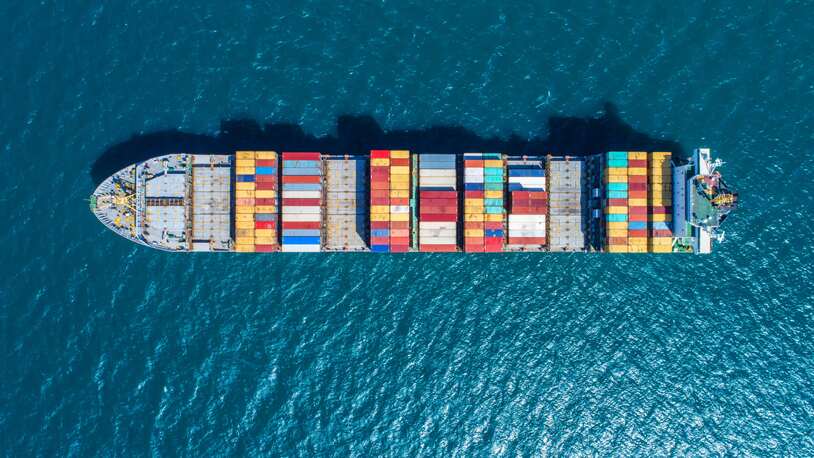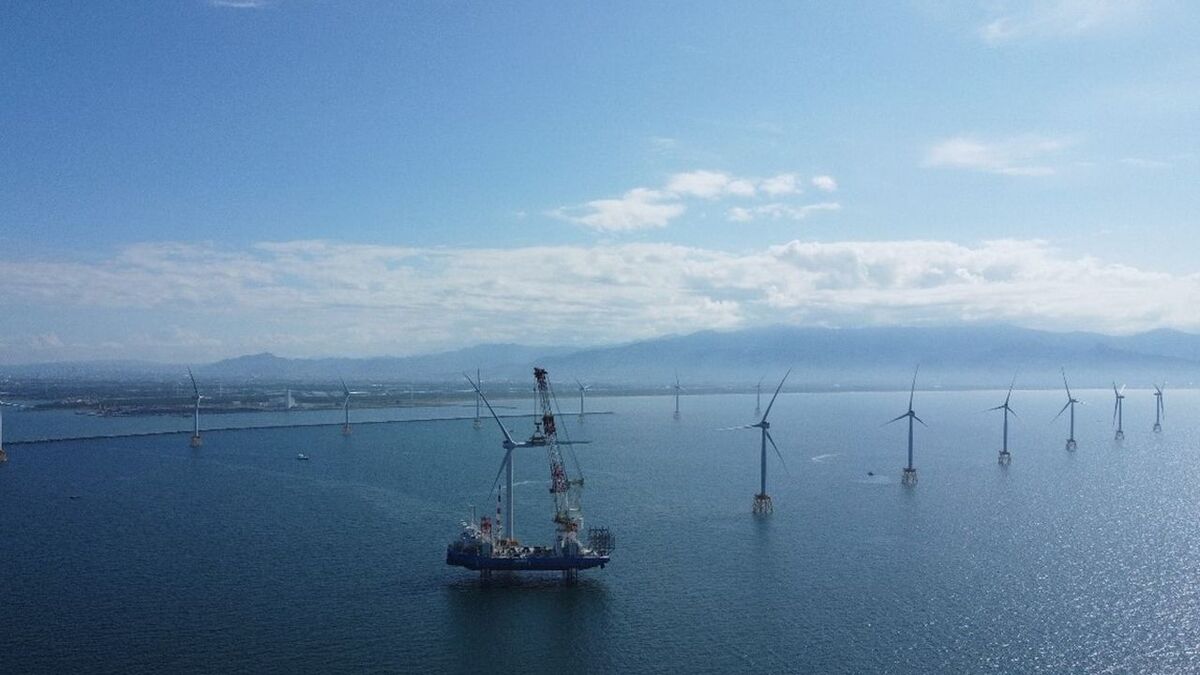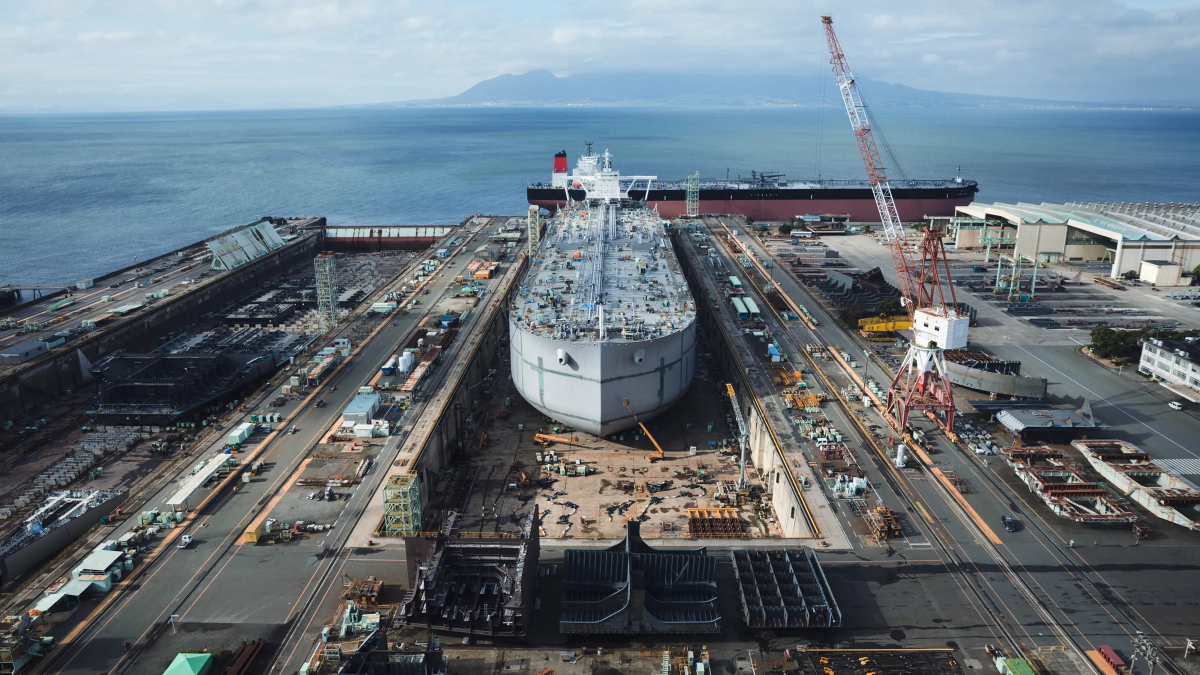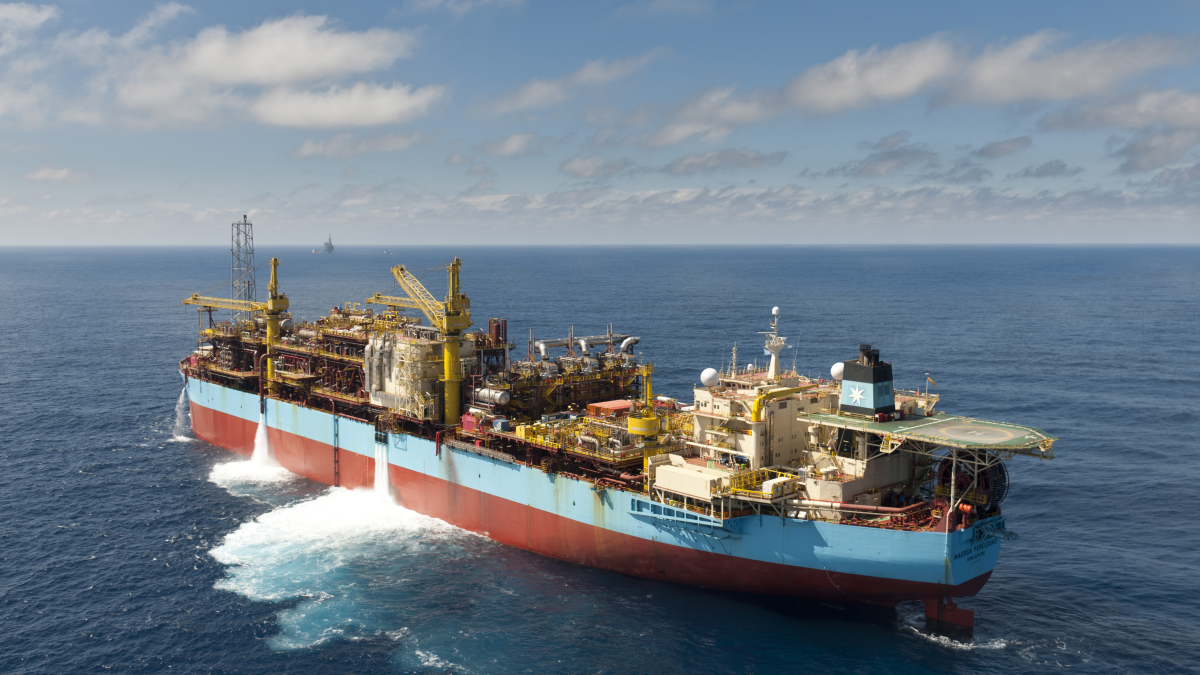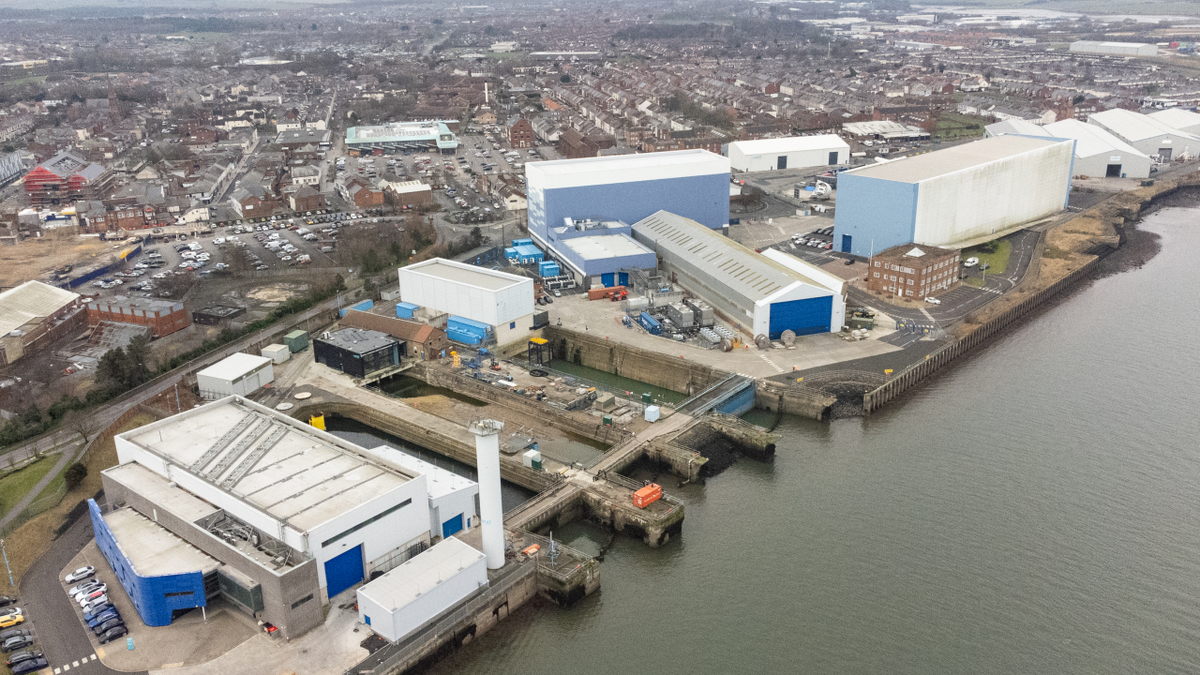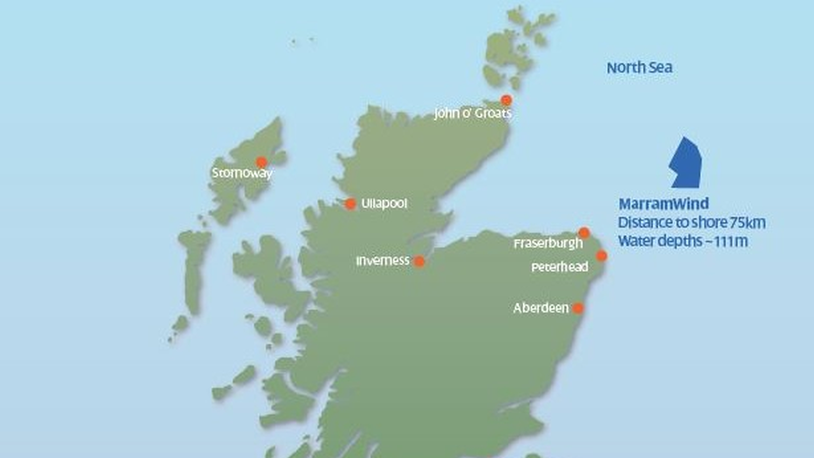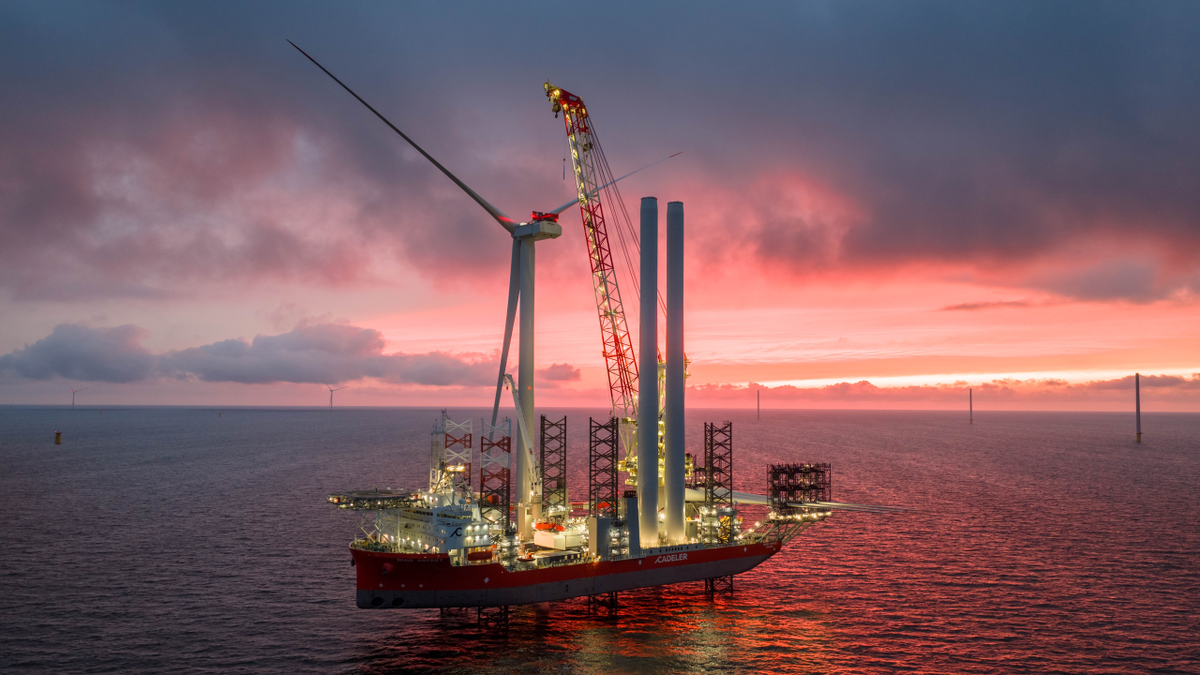Business Sectors
Contents
Japanese offshore wind ‘at a critical juncture’
Japan should restructure auctions to ensure project viability and establish a public-private forum to help shape offshore wind in the country, according to a new report from The Global Wind Energy Council (GWEC)
Produced in partnership with renewable energy consultancy OWC, the whitepaper, Unlocking Japan’s Offshore Wind Potential: Strategic Pathways to Overcome Market Bottlenecks and Drive Industrial Growth, outlines how Japan can ensure project viability through to final investment decisions, and secure alignment between industry and policymakers.
Japan has so far held three rounds of offshore wind auctions. The sole bidder from Round 1 has since withdrawn, and the winners of Rounds 2 and 3 are facing severe financial challenges around the development of their projects.
“Project trajectories following these first auctions highlight the need for timely reform, with a more effective auction design a priority,” says GWEC. “A new approach must reflect industry feedback and keep pace with a changing market.”
GWEC believes that without a restructuring of Japan’s auction framework for offshore wind, the country risks significant delays in achieving its decarbonisation and energy security goals, which are critical to ensuring timely project delivery and unlocking the broader economic benefits of job creation.
GWEC country manager Takeshi Matsuki says, “Japan has vast offshore wind potential and cannot afford to miss its chance to become an offshore wind leader in the Asia-Pacific region.
“To put the industry back on a growth trajectory, Japan must pursue auction reform, reassess offtake mechanisms and remove critical market bottlenecks, as outlined in GWEC’s whitepaper. If these steps are taken, there is no doubt that offshore wind will remain the backbone of Japan’s power mix on its path toward carbon neutrality by 2050.
“Once Japan recalibrates its course and regains momentum in offshore wind development, unlocking this potential will deliver clean, affordable, and locally produced renewable energy, and stimulate local economies through job creation, revitalised regional industries, and new opportunities for coastal communities.”
OWC country manager Japan Masataka Nakagawa says Japan “stands at a pivotal moment in its clean energy transition.” He says offshore wind has emerged as a central pillar of its strategy, but although the Round 1–3 tenders laid the groundwork for the Japanese offshore wind industry, “recent developments have highlighted the need for structural and institutional reform to ensure project delivery and investor confidence.”
Mr Nakagawa says, “To enable stable and scalable deployment of offshore wind, Japan needs to address three critical areas. The first is its auction framework; the second is offtake mechanisms; and the third is other market bottlenecks.
“Timely auction reform – including optimisation of evaluation criteria – will be key to accelerating capacity build-out. Enhancing offtake mechanisms, updating price caps and transitioning to more bankable schemes will help align bids with market realities. In parallel, resolving bottlenecks around certification, curtailment, and supply chain visibility will be essential to unlock investment and promote regional economic development.”
GWEC’s whitepaper outlines short-and-long-term recommendations to strengthen Japan’s offshore wind framework. It says short-term measures can be implemented without legislative amendments and focus on retendering Round 1 and the upcoming auction round. Long-term measures are envisioned for Round 5 and beyond, to ensure sustainable market growth and strengthen investor confidence.
The wind energy council says it is critical to redesign offshore wind auctions through timely and structured dialogue between the public and private sectors, along with optimising evaluation criteria to balance price and non-price factors. In the longer term, improvements to the centralised model used in Japan are required, as is introducing a two-stage auction structure in territorial waters. Measures such as these will provide greater certainty for developers and strengthen business cases at the auction stage, GWEC says.
On offtake mechanisms, the whitepaper says it is essential to review current price limits to prevent unrealistic bids and ensure alignment with prevailing market conditions. “The reform of the existing feed-in premium scheme towards either two-sided Contract for Difference or a feed-in tariff would provide more stable returns,” the authors of the whitepaper argue, while wider access to corporate power purchase agreements would help mitigate investor and developer risks.
To address broader market bottlenecks, GWEC believes greater transparency around certification requirements and adopting risk-based assessments in the windfarm certification process are needed. It is also important to establish commercial operation date-based targets instead of pipeline development targets, to enable timely investment and strengthen Japan’s domestic supply chain, while minimising curtailment and introducing compensation mechanisms to enhance project bankability.
In October 2025, GWEC and the team that developed the whitepaper presented their findings to the Ministry of Economy, Trade and Industry, Ministry of Land, Infrastructure, Transport and Tourism and Ministry of Environment in a series of meetings. The government agencies reportedly expressed strong interest in the recommendations outlined in the report.
As an immediate next step, GWEC will develop a detailed plan for a ‘bridging forum’ to facilitate dialogue between the public and private sectors, which will be key to building a robust policy framework. “With the platform in place, we can build a transparent and reliable framework that strengthens project viability, supports Japan’s clean energy goals, drives economic growth, and creates a more predictable environment for offshore wind developers and stakeholders,” GWEC concludes.
Related to this Story
Events
International Bulk Shipping Conference 2025
Tankers 2030 Conference
Maritime Navigation Innovation Webinar Week
© 2024 Riviera Maritime Media Ltd.

